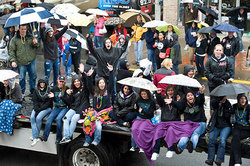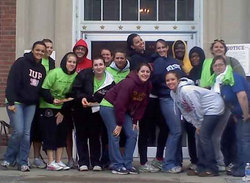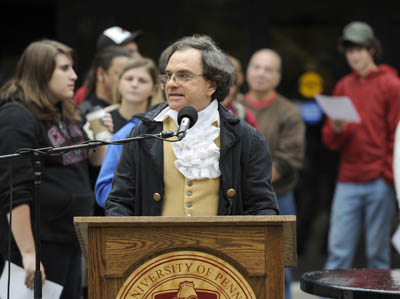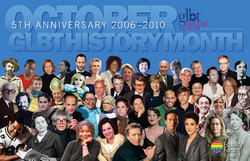 Tomorrow, we celebrate National Coming Out Day. It’s part of a national observance in October, which is National Lesbian, Gay, Bisexual, and Transgender History Month. It’s been observed in America since 1994.
Tomorrow, we celebrate National Coming Out Day. It’s part of a national observance in October, which is National Lesbian, Gay, Bisexual, and Transgender History Month. It’s been observed in America since 1994.
Tonight, the IUP Six O’Clock Series will host a presentation by Faisal Alam.”Hidden Voices: The Lives of LGBT Muslims,” which will be offered in the Hadley Union Building Ohio Room and is cosponsored by IUP’s GLBT Commission, the Office of International Education, Pride Alliance, and the Department of Religious Studies. This program is designed to highlight the struggles and challenges facing sexual and gender minorities within the Muslim world. Tonight’s program is also part of IUP’s celebration of International Education Week, October 10-14.
IUP is vocal in its support and acceptance of GLBT lifestyles. We have joined our colleages across the nation to encourage acceptance of GLBT students at colleges, and we all mourn for the families of those students who have suffered and who have lost their lives as a result of harassment and bullying.
IUP has several groups that address GLBT issues. Recently, I asked Todd Cogar, chair of the GLBT Commission at IUP, to offer information for parents whose children are members of the GLBT community as a release for media to use in back-to-school publications. IUP’s GLBT Commission is an advisory group to the Office of the President that works to improve the climate for diversity within IUP.
“One of the most important things parents and families can do for their students–and other family members–is to never assume that anyone is heterosexual,” he said.
Cogar is an assistant director in the Center for Student Life and Office of Student Conduct and an advisor to Pride Alliance, the LGBT student group at IUP.
“One doesn’t have to agree with those who identify as LGBT, but it is so important for individuals who do identify as lesbian, gay, bisexual, transgender, queer, or questioning, to hear that they are supported by their loved ones. Parents and families can impact harassment and bullying in simple ways by addressing inappropriate jokes, by supporting students when incidents occur, and by helping students appropriately address bullying and harassment.
“Students are always looking for those individuals who identify with the community as allies. An ally is someone who is not LGBT, but who is a supportive individual who accepts the person. Being an ally can be a life-saving role for people in the LGBT community. Allies can work with the community for equal rights and fair treatment; they can assist in the coming-out process, and are huge voices of acceptance and respect.”
Cogar also advised students to “get involved” at their college.
“College students are always encouraged to get involved in campus life. Students who are involved on campus gain great leadership skills, make the most of their college experience, meet new friends, and often do better academically,” he said.
For LGBT students at IUP, for example, there is Pride Alliance, a student organization that has as its goals fostering a safe and supportive academic and social environment for the lesbian, gay, bisexual, transgender, queer, questioning, and ally community of IUP.
IUP also has an active Safe Zone program. This group strives to improve the campus climate for LGBT individuals by providing a visible sign on campus to indicate a safe place for students to go for support. The program provides training to members of the IUP community so that members are knowledgeable and sensitive to LGBT issues. Members pledge to challenge homophobic and heterosexist comments or behaviors in an educational and informative manner.
As part of efforts to raise awareness of issues, last October, the IUP GLBT Commission sponsored an “Anti-Bullying, Anti-Homophobia Vigil of Remembrance” in the Oak Grove on campus, drawing more than two hundred people.
In addition, for the past two years, IUP students, staff, and faculty have participated in the “Only Love” photography awareness program. This event was created by R.C. Stabile, a graduate student in the Student Affairs in Higher Education program.
Here’s what Stabile says on the “Only Love” website: “There is so much hate spread through bullying, bashing, and violence. … We, as college students, the future of America, believe that everyone deserves a chance to love and be loved.”
Hard to argue with a message promoting acceptance and love.

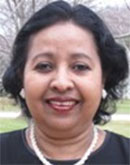 That’s why I felt that the results of a study by Parveen Ali, an assistant professor in
That’s why I felt that the results of a study by Parveen Ali, an assistant professor in 